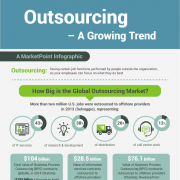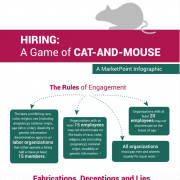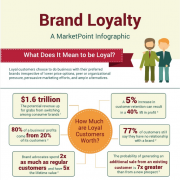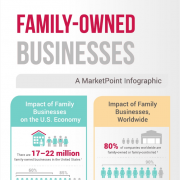The Deconstruction and Reconstruction of Blogging
According to Blogging.org, more than 42 Million blogs are published in the United States. Given the current U.S. population (315 Million), that means if you can count to eight, you can find a blogger. Cumulatively, these blogs generate more than half-a-million posts, every day, and attract more than 25 Billion page views per month. Yes, that was billion with a “B.”
Blogging, as we know it, began in the 1990s, as individuals sought a platform where they could record their thoughts and share them with followers. Individuals still account for the majority of blogs, though that ratio is shifting. Today, an estimated 60% of businesses have a blog, and a third of them post at least once a month.
You could say that blogging is the ultimate form of self-publishing. Bloggers write and edit their own work, typeset it and compose pages through their blogging platform and, with the push of a button, publish their work through the world’s most sophisticated distribution channel, the internet.
It would be easy to take all of this for granted, to assume that authors have always been able to self-publish. But the history of publishing in America spans almost three centuries of both deconstruction and reconstruction.
Travel with me to Colonial Boston. The year is 1718, less than 25 years after the Salem witch trials, and only 7 after the Great Boston fire. 12-year-old Benjamin Franklin was apprenticed to his brother James, a printer. Young Ben Franklin worked almost constantly, setting type for pamphlets that he would sell on the streets. But Ben grew weary of life as a printer’s apprentice, and dreamed of publishing his own ideas. When his brother started the New England Courant, in 1721, Ben penned a regular column under the pseudonym Silence Dogood, an opinionated widow, who was obsessed with the poor treatment women received in the Colonies.
In search of independence, and perhaps fame, Ben ran away, first to New York, and then New Jersey, and eventually Philadelphia. He worked as a printer’s apprentice, saving his money to buy his own printing press. At the age of 23, Franklin bought a newspaper, thePennsylvania Gazette, and began publishing articles under various assumed names. In 1733, he started publishing Poor Richard’s Almanack, under the guise of Richard Saunders, a poor man with a nagging wife. Franklin remained active as a writer and a publisher until 1789, when he published his historic, though unsuccessful, anti-slavery treatise. He died one year later.
Few people had the skills, the equipment, or the money to publish their own work in the 1700s. Those who did write relied on printers, some of whom later became publishers or agents. By the end of the 18th century, the four trades (authors, agents, printers, and publishers) were almost completely separated.
Over the centuries that followed, new industries evolved. Color separators would specialize in making the four-color negatives necessary to full-color printing. In the mid-1900s, conventional typesetting would be replaced by photocomposition. By 1970, Franklin’s trade had spawned six distinct professions: author, agent, publisher, typesetter, color separator, and printer.
And then the revolution began. The first word processing program, Wordstar, was released in the late 1970s. The early ‘80s brought desktop publishing, which would eventually eliminate type houses. With the ‘90s came low-cost color scanners, causing irreparable damage to the color separator community, which was eventually killed by digital photography. In ‘94, Swarthmore student Justin Hall created the first blog, and within five years, developers had created hosted blog tools, opening the internet to would-be self-publishers with no formal training of any kind. Of course, that timeline is greatly abbreviated, but the fact remains: An industry which took almost 240 years to expand from Poor Richard’s Almanack to six thriving industries took less than 40 years to collapse to its original, unified state.











